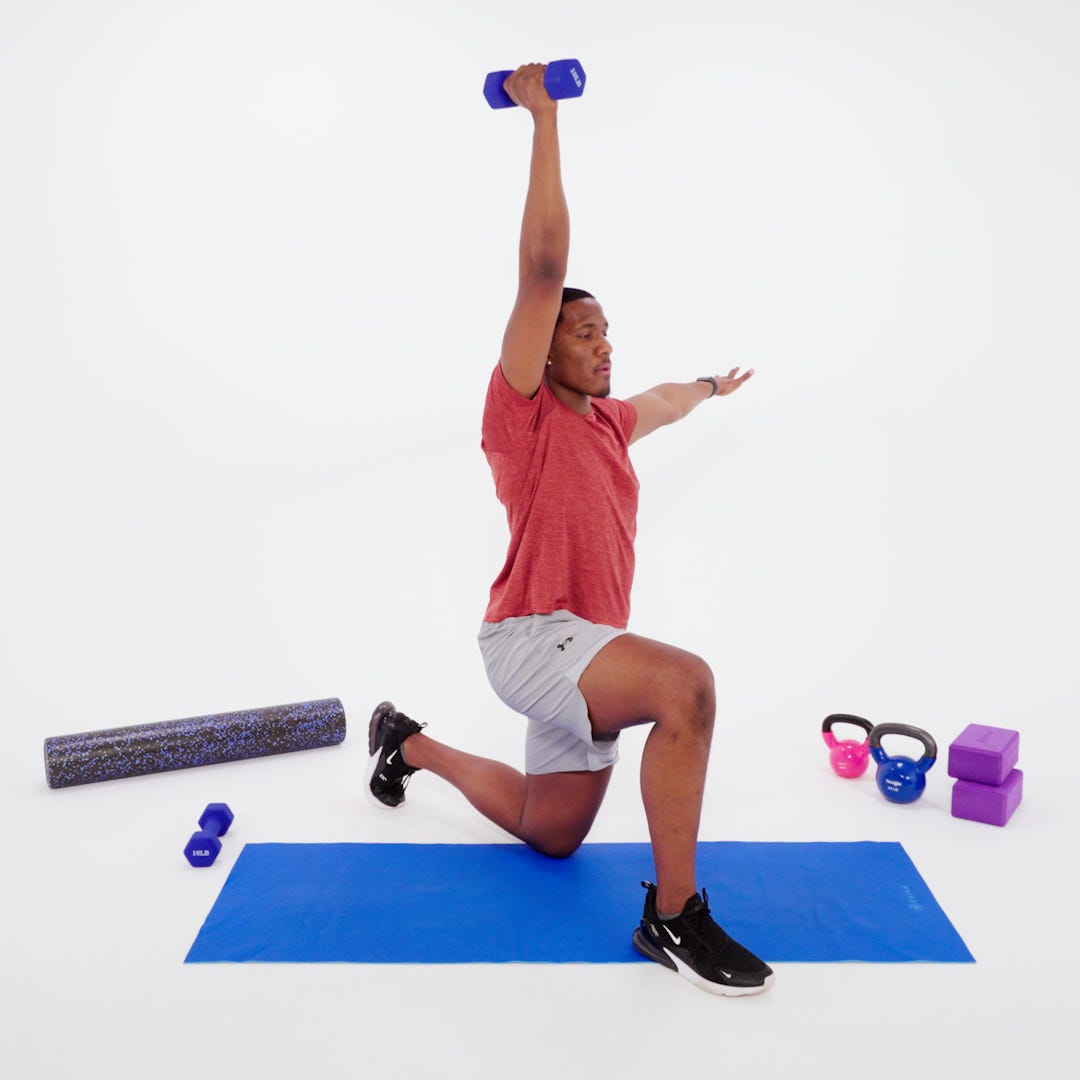Indoor training for cyclists isn’t just a convenient alternative; it’s a scientifically proven method to enhance performance. Recent studies have shown that structured at-home workouts can boost a rider’s endurance and power output by up to 20%. This significant improvement makes at-home training an invaluable component of any cyclist’s regimen.
The history of indoor cycling dates back to the early 20th century but has gained immense popularity with advancements in technology. The introduction of smart trainers and virtual racing platforms like Zwift revolutionized home workouts. With such tools, cyclists can simulate real-world routes, track performance metrics, and participate in community-driven challenges, ensuring a comprehensive and engaging training experience.

The Importance of Indoor Training for Cyclists
Indoor training offers a unique advantage for cyclists, especially during unfavorable weather conditions. It allows riders to maintain their fitness levels year-round. This consistency is crucial for long-term improvement.
Studies show that indoor cycling can increase a rider’s power output by up to 20%. Such gains are significant for competitive cyclists. They also help recreational riders enhance their overall performance.
Indoor training sessions are often more structured and focused. This environment is ideal for working on specific skills. Riders can concentrate on technique without distractions.
Technology plays a major role in the success of indoor training. Smart trainers and virtual racing platforms make workouts engaging and effective. These tools provide real-time data to track progress.
The Evolution of At-Home Workouts for Cyclists
At-home workouts for cyclists have come a long way over the years. Initially, basic stationary bikes were the only option. Now, advanced technology has revolutionized indoor cycling.
Smart trainers have changed the game by offering realistic resistance and integrated data tracking. These devices mimic outdoor conditions, making indoor sessions more effective. Cyclists can now experience varied terrains from their homes.
Virtual platforms like Zwift and Peloton have revolutionized how cyclists train at home. They offer competitive and community-driven experiences. These platforms keep riders engaged and motivated.
Modern indoor training tools offer precise performance analytics. This helps cyclists monitor their progress and set achievable goals. The detailed insights make it easier to improve steadily.
Historical Developments in Indoor Cycling
Indoor cycling began with simple stationary bikes designed for general fitness. These early models lacked the sophistication needed for serious cycling training. However, they laid the groundwork for future innovations in indoor cycling.
As technology advanced, so did indoor cycling equipment. Companies began producing smart trainers with features that cater to the needs of professional cyclists. These trainers offered more realistic training conditions.
The introduction of computer-generated resistance transformed at-home workouts. Cyclists could now simulate real-world riding conditions. This evolution made at-home cycling more practical and effective.
The Impact of Smart Trainers
Smart trainers have become a staple in at-home cycling. These devices offer automated resistance adjustments, simulating tough climbs and descents. This makes every session challenging and realistic.
They connect with apps and software to provide live data on speed, power, and cadence. This integration helps cyclists fine-tune their training. Seeing real-time metrics keeps riders focused and motivated.
These trainers also offer structured workout plans. Cyclists can follow tailored programs that fit their skill levels and goals. The convenience of smart trainers makes consistent training more accessible.
The Role of Virtual Platforms
Virtual training platforms like Zwift have changed how cyclists view indoor workouts. These platforms combine gaming elements with serious training. Riders can compete in virtual races, join group rides, and explore simulated routes.
Peloton offers live and on-demand classes led by professional instructors. This adds variety and structure to indoor cycling routines. Peloton’s community features help cyclists stay motivated.
These platforms also offer social engagement. Interacting with other cyclists adds a sense of camaraderie. This community aspect makes indoor training more enjoyable and less solitary.
Key Elements of an Effective Indoor Cycling Workout
An effective indoor cycling workout needs a structured plan. This plan should balance endurance, power, and recovery. Consistency is key to seeing long-term results.
Include a variety of workouts to target different muscle groups. Endurance rides help build stamina, while sprints enhance speed. Mixing up workouts prevents burnout and keeps training interesting.
Tracking your progress is essential for improvement. Use apps and smart trainers to monitor metrics like speed and power. Data-driven insights help tailor your workouts.
Staying motivated is crucial for consistency. Virtual platforms and community challenges can make training fun. Engaging with other cyclists helps maintain enthusiasm for indoor workouts.
Exploring Different Workouts: From Endurance to Intensity
Different workouts serve different purposes in a cyclist’s training regimen. Endurance rides are essential for building stamina. They help cyclists ride longer distances without tiring quickly.
High-intensity interval training (HIIT) is great for boosting speed and power. These workouts involve short bursts of intense effort followed by rest. This method is highly effective for improving overall performance.
Sprint intervals focus on maximizing speed in short sprints. They improve quick-start ability and explosive power. Sprint intervals are also great for enhancing cardiovascular fitness.
Climbing workouts simulate uphill riding, helping to build leg strength and endurance. These sessions mimic real-life conditions, preparing cyclists for hilly terrains. Mixing in climbing workouts offers a well-rounded fitness routine.
Recovery rides are just as important as intense sessions. These are low-intensity rides that help the body recuperate. They keep the muscles active without overloading them.
To keep things engaging, use virtual platforms for various workouts. They offer pre-planned sessions and community challenges. This variety keeps the motivation high and makes training enjoyable.
Technology and Tools for Home Training
Modern technology has significantly improved home training for cyclists. Smart trainers are key tools, offering automatic resistance adjustments. These devices make indoor rides feel like real outdoor experiences.
Using virtual platforms like Zwift and Peloton adds an engaging social element. These platforms offer everything from solo rides to competitive races. They help maintain motivation and add variety to training sessions.
Tracking performance metrics is easier than ever with advanced apps and devices. Cyclists can monitor speed, power output, and cadence in real-time. This data helps in setting and achieving specific training goals.
Heart rate monitors and power meters provide valuable insights into workout intensity. These tools help cyclists optimize their training by staying within target zones.
- Heart rate zones
- Power zones
- Cadence
- Speed
Indoor cycling apps often come with pre-structured workout plans. These plans cater to various fitness levels and goals. They offer personalized training schedules to keep the workouts effective.
Setting up a dedicated training space at home can also make a big difference. Having a quiet, comfortable area to train can improve focus and consistency. This setup helps cyclists stay committed to their training regimen.
Tips to Maximize the Outcomes of Home Training
Setting up a dedicated training space is a great start. This area should be quiet and comfortable. A designated space helps you stay focused and consistent.
Keep track of your performance using smart devices and apps. Monitoring metrics like heart rate, power output, and cadence helps you improve. Use this data to adjust your workouts as needed.
Proper nutrition and hydration are crucial for effective training. Eat balanced meals and stay well-hydrated. This helps your body perform better and recover faster.
Mixing up your workouts can prevent burnout. Include a variety of endurance, HIIT, and recovery rides.
- Endurance rides
- HIIT sessions
- Recovery rides
Utilize virtual platforms for motivation. Join community challenges or virtual races. Engaging with other cyclists keeps things exciting.
Don’t forget to rest and recover. Give your muscles time to heal between intense workouts. Rest days are essential for sustainable progress.
Key Takeaways
- Endurance rides help build stamina for long-distance cycling.
- HIIT workouts boost speed and overall performance.
- Sprint intervals improve quick-start ability and cardiovascular fitness.
- Climbing workouts strengthen legs and simulate real-life conditions.
- Smart trainers and virtual platforms enhance training effectiveness.

Frequently Asked Questions
Home cycling training can be highly effective if done correctly. Below are some common questions and answers to help you get the most out of your indoor workouts.
1. How can I stay motivated during indoor cycling workouts?
Staying motivated can be challenging, but using virtual platforms like Zwift adds a fun, competitive element. Participating in community challenges or virtual races keeps things exciting.
Listening to upbeat music or following guided workout videos can also help. Consistency is easier when you enjoy your training sessions, so find what motivates you and stick with it.
2. What equipment do I need for effective home cycling training?
A smart trainer is essential as it offers realistic resistance and tracks performance metrics. You will also need a good-quality bike that fits well on the trainer.
Additional items include a heart rate monitor and cadence sensor to track your workout intensity. A dedicated training space helps keep everything organized and ready for use.
3. Are there any specific apps that enhance indoor cycling workouts?
Yes, several apps like Zwift, TrainerRoad, and Peloton are quite popular among cyclists. These apps offer structured workout plans and allow for tracking various performance metrics.
They also add a social element by letting you compete with others online. The variety provided by these apps can significantly boost your motivation levels.
4. How often should I do indoor cycling workouts to see improvements?
A consistent schedule is crucial for seeing results. Aim for at least three sessions per week focusing on different aspects like endurance, sprints, and recovery rides.
This balanced approach ensures you’re building strength while avoiding burnout. Always listen to your body; rest days are essential for muscle recovery.
5. Can indoor cycling replace outdoor rides entirely?
While indoor cycling is highly effective, it’s best used in combination with outdoor rides. Indoor workouts offer structure and convenience but lack some real-world variables like wind resistance and varying terrains.
Combining both methods provides a comprehensive training program that maximizes benefits from each environment. This approach keeps your training versatile and well-rounded.
Conclusion
Indoor cycling training offers incredible benefits for cyclists at all levels. The combination of technology and structured workout plans makes it easier to stay consistent. This approach ensures continuous improvement even when outdoor cycling isn’t an option.
By incorporating varied workouts and leveraging advanced tools, cyclists can achieve specific fitness goals effectively. Staying motivated and tracking performance are keys to success. Embrace the advantages of indoor training to elevate your cycling performance.
